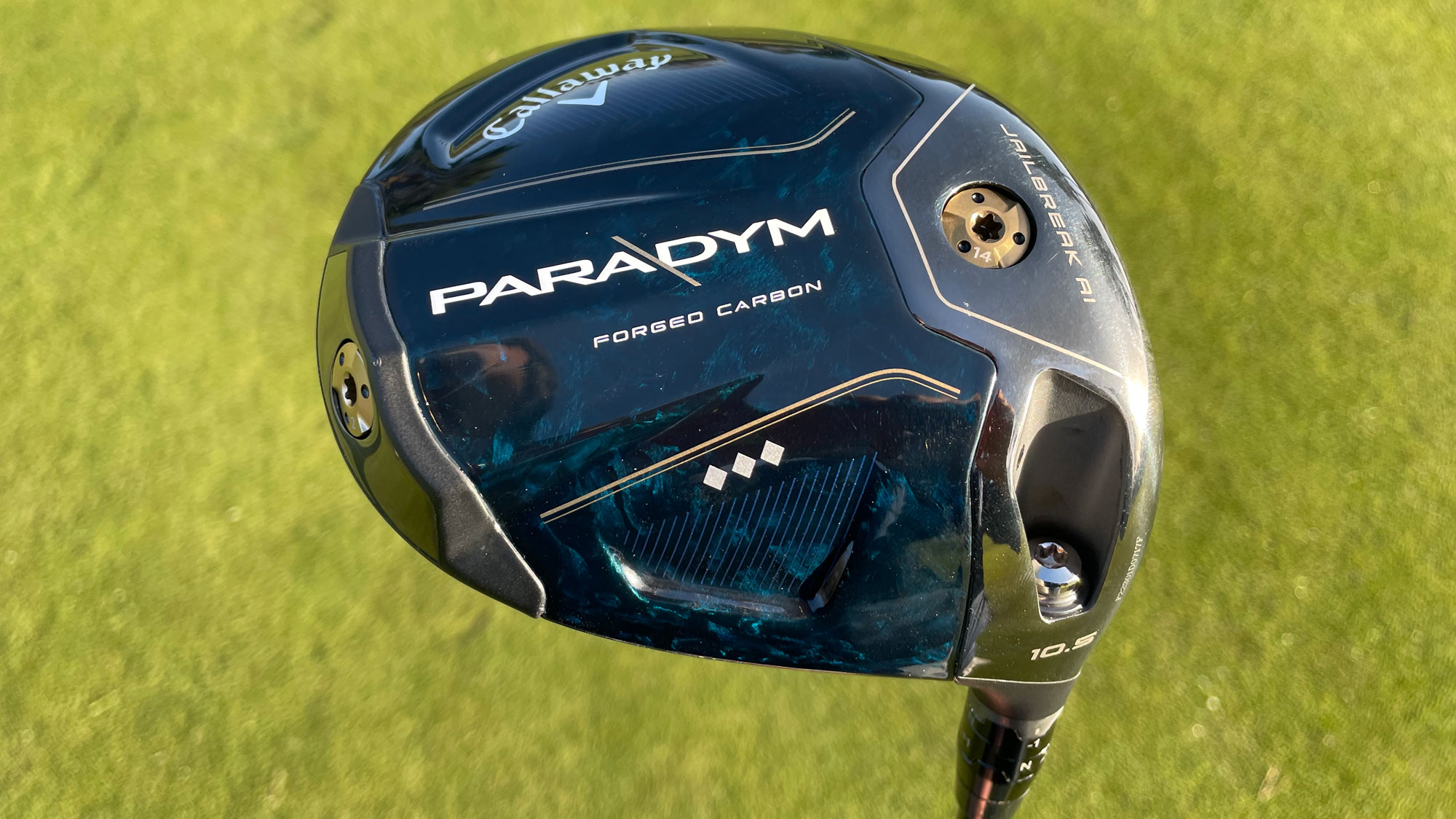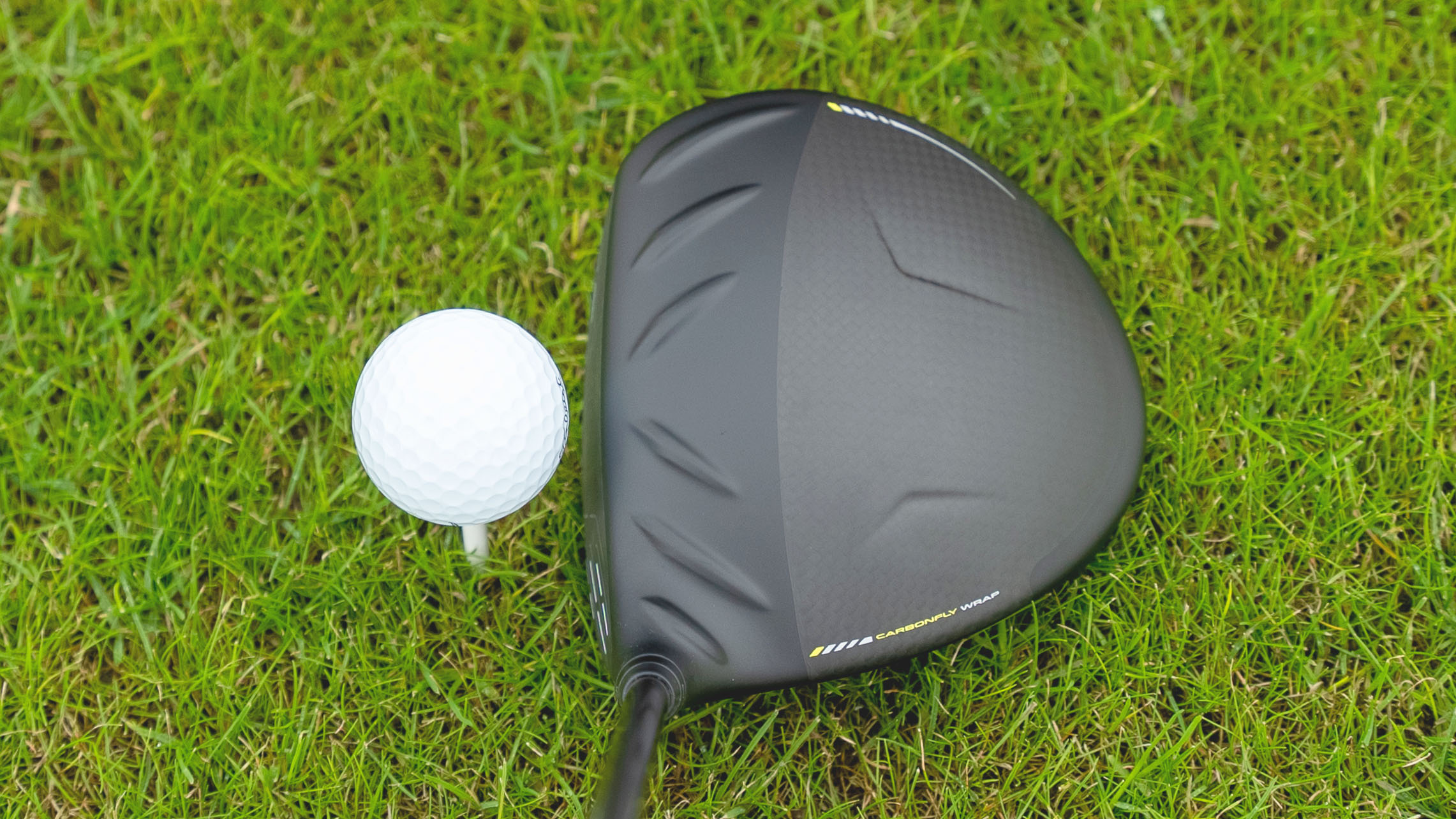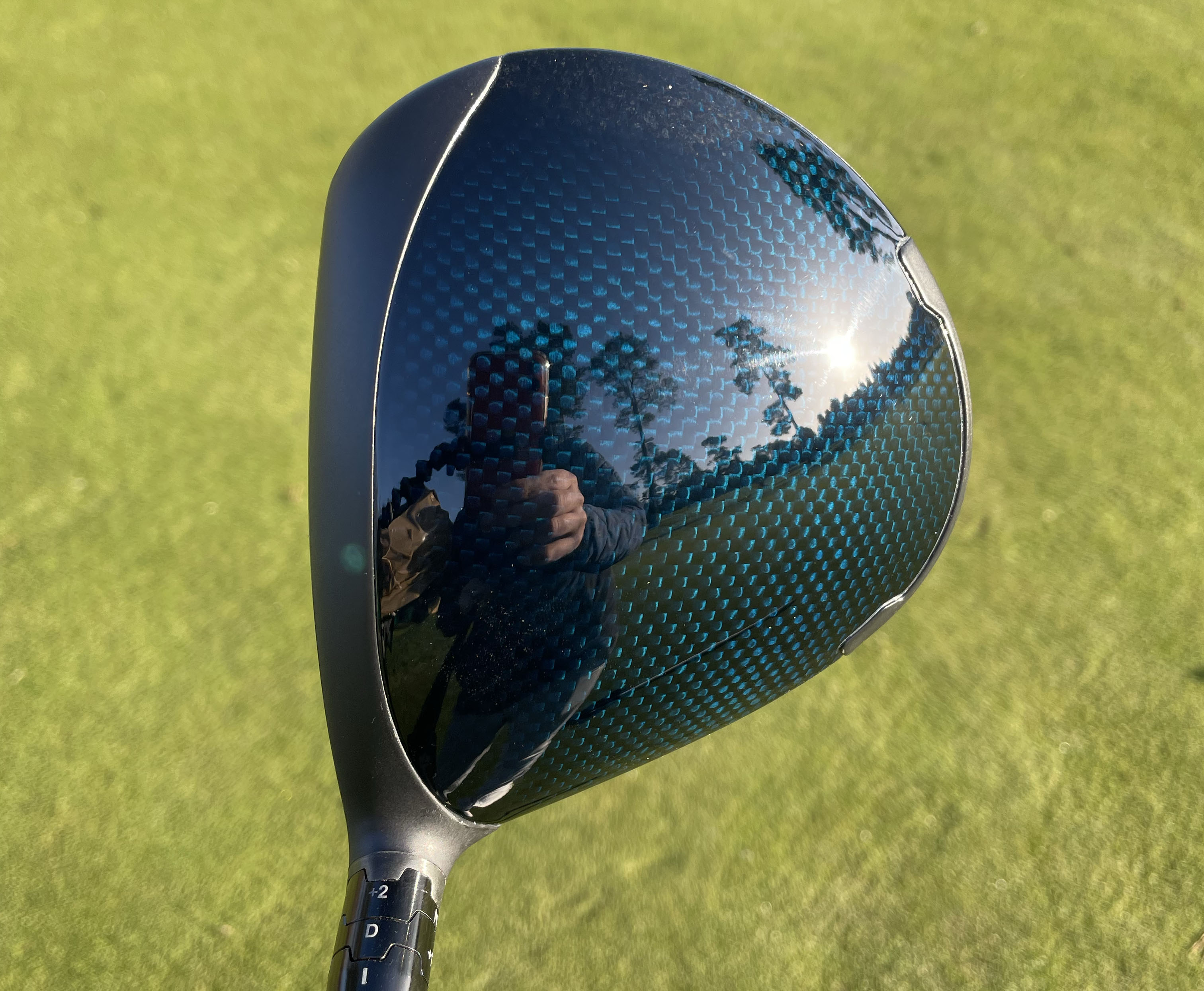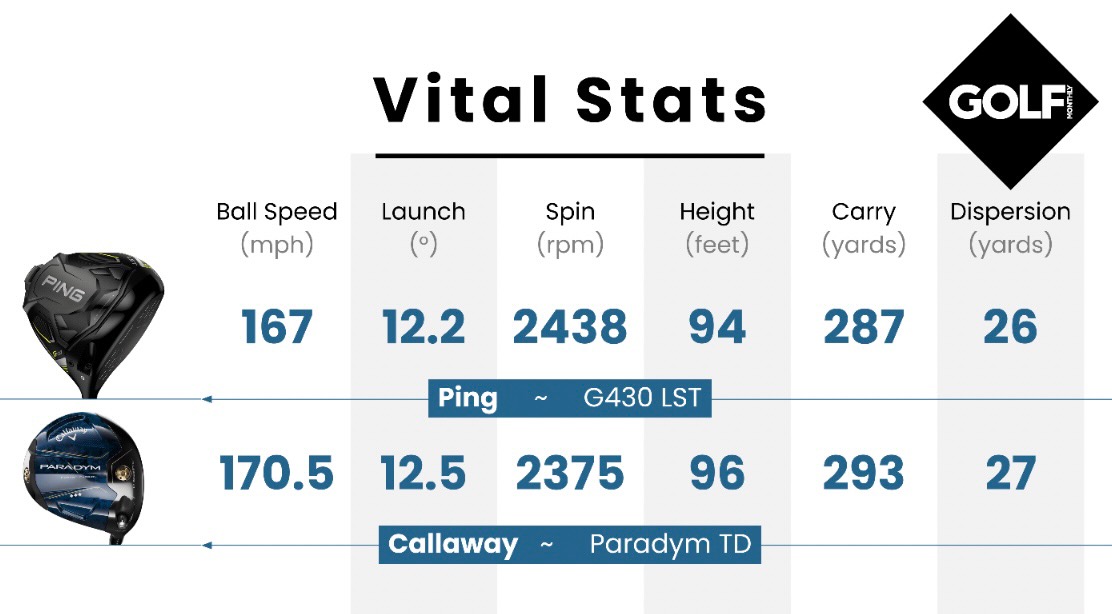Callaway Paradym Triple Diamond Driver Vs Ping G430 LST Driver: Our Head-To-Head Verdict
These two low spinning drivers have been amongst the most popular on the market, but which do we prefer?



The Callaway Paradym TD is a great driver that does exactly what it says it’s going to. If you’re a player who likes to shape the ball off the tee, then this model – the more compact and traditional of the three in the range – ticks a lot of boxes.
Pros
- Premium looks
- Traditional, compact appearance at address
- Impressive distance gains over the previous generation
Cons
- Not as forgiving as the other options in the range

A hugely impressive driver that does a great job of balancing distance with consistency. This is a low spin driver with a truly broad appeal that has the high tech looks and powerful feel to match the all round performance.
Pros
- Inviting, high tech look at address
- Improved sound and feel
- Impressive consistency
Cons
- Some may feel there is too much going on at address
Callaway Paradym Triple Diamond Driver Vs Ping G430 LST Driver: Our Head-To-Head Verdict
2023 has been, in my opinion at least, one of the best years for driver releases in recent memory. Without doubt, two of the best drivers have been the Callaway Paradym Triple Diamond and the Ping G430 LST. Both are designed to minimise spin and maximise distance and I wanted to put them face to face to see which came out on top. So I took them both to the beautiful Northamptonshire County Golf Club to see how they performed.
Looks
Looks are always a subjective topic, and with two very different aesthetics this will be no different.
Starting with the Callaway Paradym Triple Diamond, the first thing I noticed was a very slightly smaller head size than I have been accustomed to. Coming in at 450cc, it is only a slight reduction but one that better players or traditionalists may enjoy.
The multi-material crown provides a very futuristic look, starting with a solid grey banner at the face end and cutting sharply into a deep blue glossy carbon look for the bulk of the head. I really like the color scheme and feel the contrast works well.

On the underside, the graphics and font work well. They are apparent without being overly fussy, giving the Paradym Triple Diamond real shelf appeal.
The Ping G430 LST provides a very different look. The fully matte black head gives a slightly more understated appearance, but is far from dull due to the clever texture of the crown. Ping has retained its familiar turbulators towards the front of the head and added some additional contouring towards the rear to help the aerodynamics. I genuinely like the new topography of the head and feel it helps to frame the ball and provide a little reference for a takeaway line.

The luminous yellow and off-white accent colours might sound garish, but they are used subtly and sparingly, serving their purpose to enhance the overall look.
Subscribe to the Golf Monthly newsletter to stay up to date with all the latest tour news, equipment news, reviews, head-to-heads and buyer’s guides from our team of experienced experts.
This is a close section to call, and it’s only my opinion, but I would just give the Ping G430 LST the edge visually.
Sound and Feel
Once again, for two drivers that were essentially designed in the same performance category, both companies have gone about it in completely different ways! From a sound and feel perspective, these two drivers couldn’t be much further apart.
Starting again with the Callaway model, the sound is very muted for a modern driver. It provides a very deep, satisfying thud and absolutely minimal echo. With sound being such a large contributor to feel, the Paradym Triple Diamond transfers that sound into its impact sensation.
A dull but powerful thud gives almost a soft feel which is somewhat of a contradictory feeling to the impressive ball speeds it produces. As someone who is not a fan of a high pitched clunk, I was really impressed with the sound and feel of the Callaway Paradym Triple Diamond.

One of the big criticisms of the G430’s predecessor the Ping G425 driver was the acoustic. Despite its exceptional performance, many found it to be too high-pitched and loud, and this has certainly been addressed by Ping with this model. Neither high or low-pitched, particularly loud or especially quiet, the G430 LST sits in a comfortable middle ground for sound.
Feel wise, the Ping G430 LST provides nice feedback at impact with a solid yet lively feel which hints at its distance-oriented design.
The Callaway Paradym Triple Diamond takes the win in this category for me. The soft, deep thud at impact is a really enjoyable sensation and the low pitched tone provides a pleasant soundtrack to the strike.

Performance
The stark differences between these two drivers begin to disappear when quantifying their performance through the use of data.
Both of the drivers were set at a base loft of 9 degrees and were fitted with similar weight X Flex shafts. I tested these two drivers on SkyTrak+ launch monitor using Titleist Pro V1x balls and much of the data was strikingly similar. Both the Callaway and Ping models launched for me at a shade over 12 degrees and had very similar spin rates around 2400rpm. Because of this, the peak height was very similar, with the Paradym Triple Diamond climbing just 2 feet higher at 96 feet to the G430 LST’s 94 feet.

One area of separation however was ball speed. I found I was getting on average 3.5 mph more out of the Callaway Paradym Triple Diamond, which is not insignificant. This equated to a full 6 yards of additional carry, which again, in a game of small margins is not something to be ignored.
To balance this contest a little, it should be noted that I found the Ping driver a fraction more playable on off-center hits than the Callaway. For me, they retained more spin and as such the ball flight was a little more stable on the bad shots which gave me additional peace of mind.
With the other parameters being nearly identical, the differentiator in this category has to be the additional ball speed from the Callaway Paradym Triple Diamond.
Which one should you choose?
Choose the Callaway Paradym Triple Diamond if….
- You want more distance and ball speed
- You prefer a quieter, low-pitched sound
- You enjoy futuristic, glossy looks
Choose the Ping G430 LST if...
- You prefer a larger head
- You value extra forgiveness
- You like understated matte finish looks

Joe has worked in the golf industry for nearly 20 years in a variety of roles. After a successful amateur career being involved in England squads at every age group, Joe completed his PGA degree qualification in 2014 as one of the top ten graduates in his training year and subsequently went on to become Head PGA Professional at Ryder Cup venue The Celtic Manor Resort. Equipment has always been a huge passion of Joe’s, and during his time at Celtic Manor, he headed up the National Fitting Centres for both Titleist and Taylormade. He’s excited to bring his knowledge of hardware to Golf Monthly in the form of equipment reviews and buying advice.
Joe lives in North Devon and still plays sporadically on the PGA West region circuit. His best round in recent years came earlier in 2023 where he managed a 9 under par 63 at Trevose GC in a Devon & Cornwall PGA Tournament.
Joe's current What's In The Bag?
Driver: Switch between TaylorMade Qi35 and Callaway Elyte TD - both with Fujikura Ventus Black 6-X
Fairway wood 1: TaylorMade BRNR Copper Mini Driver - Fujikura Ventus Black 7-X
Fairway wood 2: Callaway Apex UW 17˚- Fujikura Ventus Black 9-X
Irons: TaylorMade P7CB 3-PW with Dynamic Gold Tour Issue X100 shafts
Wedges: Callaway Opus 50, 54, and 60 degrees - Project X LS 6.0 shafts
Putter: LAB Golf Oz.1 (zero shaft lean)
Ball: TaylorMade 2024 TP5x
Grips: Golf Pride Tour Velvet 60R
Bag: Vessel Player IV Pro DXR Stand